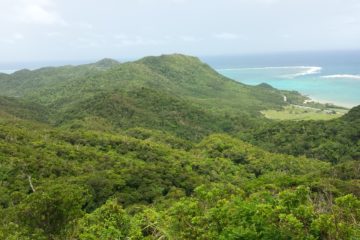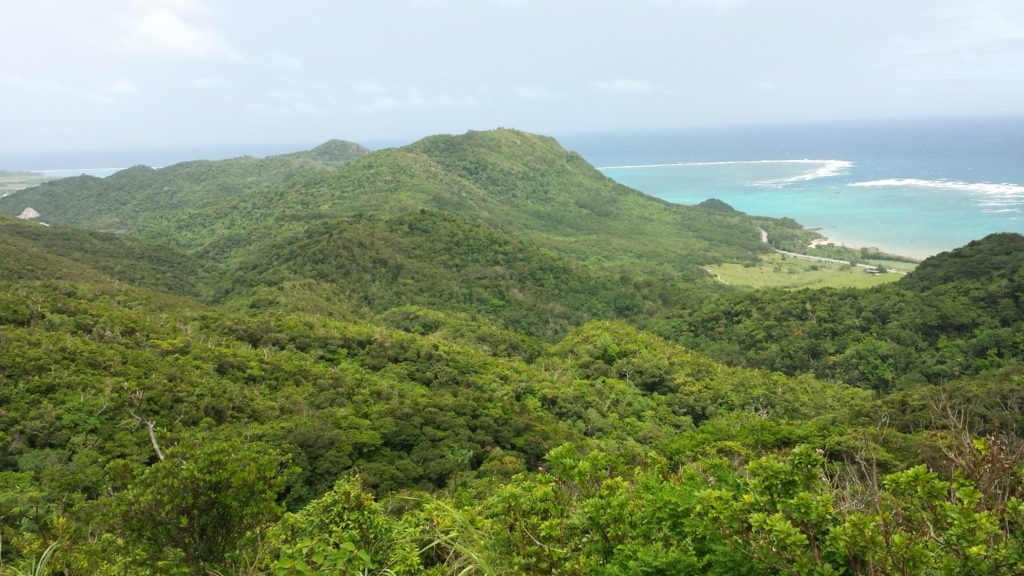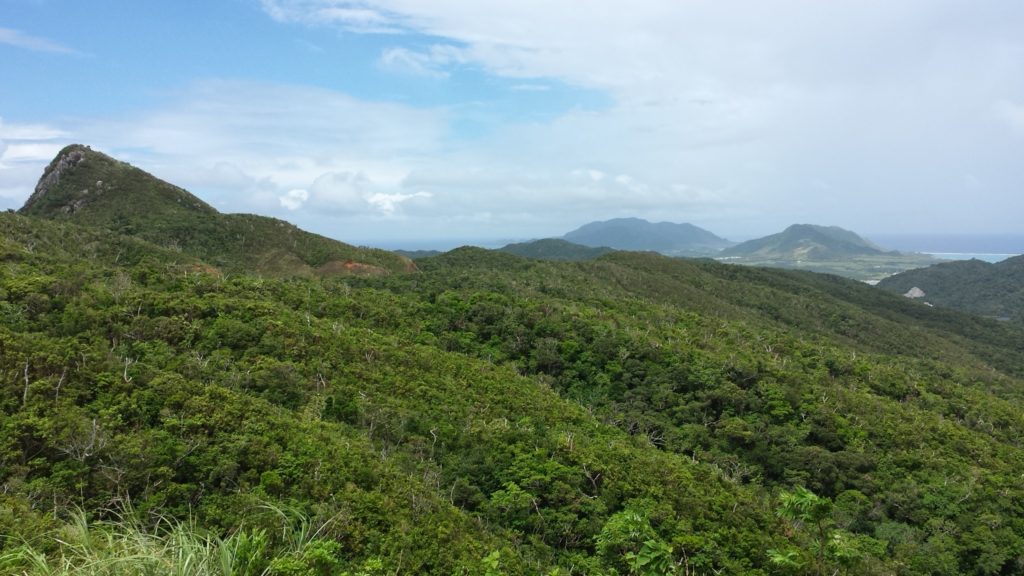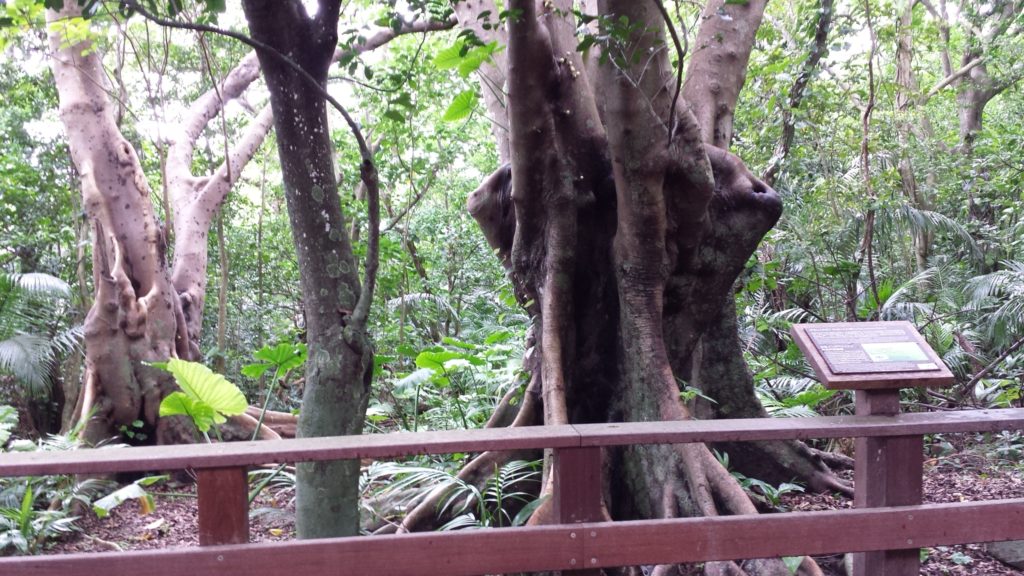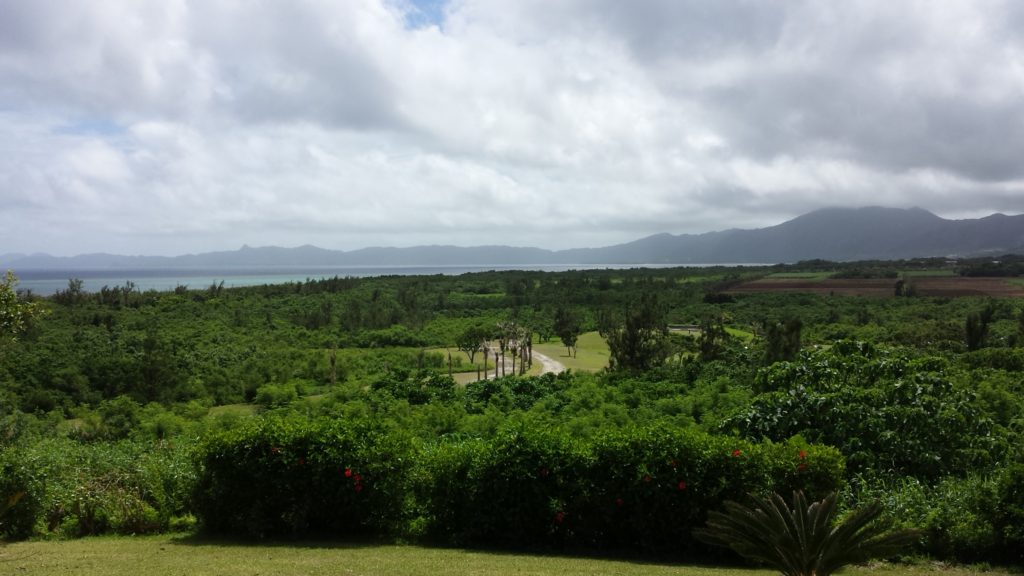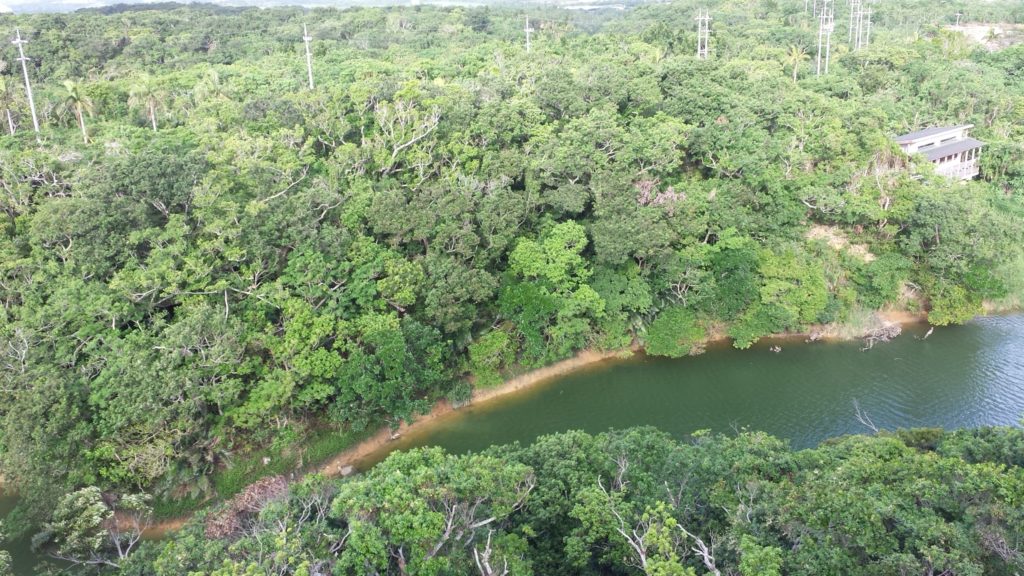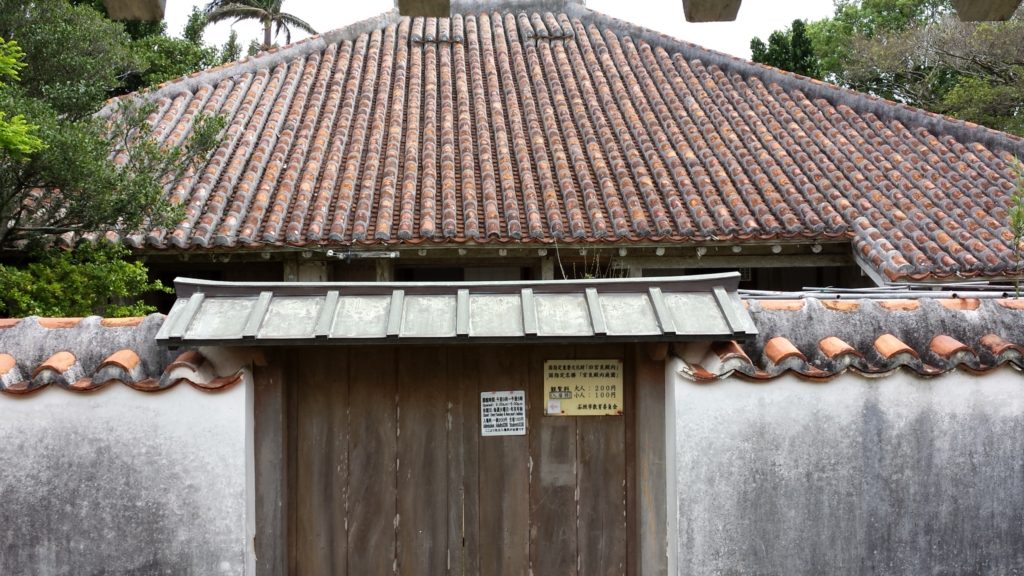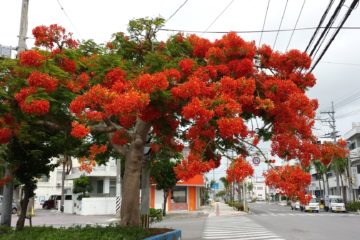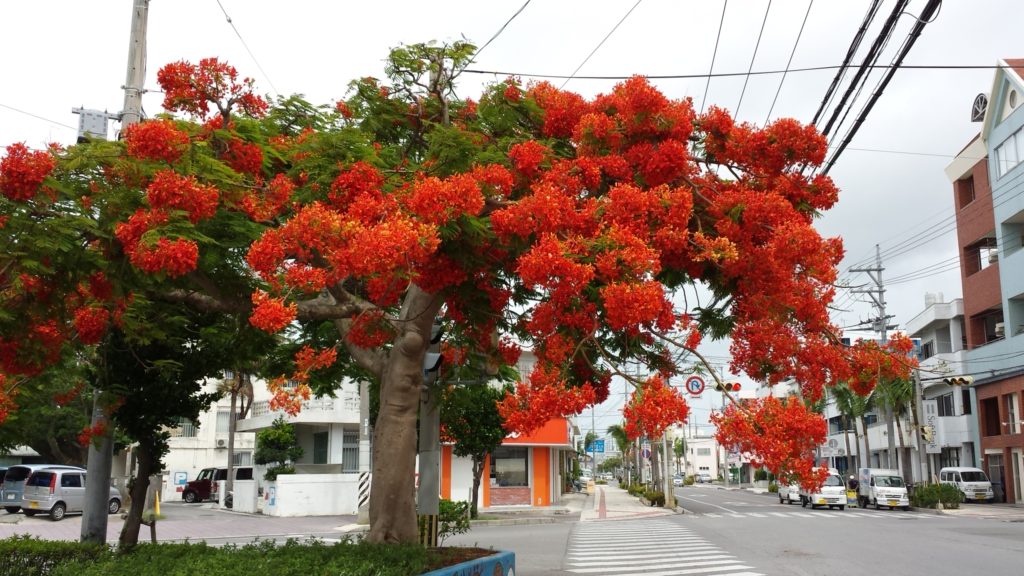It’s a ninja show filmed at a temple in Iga, Mie prefecture. This temple is famous as a place where ninjas used to train and have a secret meeting among villagers. They still provide ninja training to those who want to become ninja.
Blog News about Japan
Sarumawashi, the art performance by monkeys
The performance by monkeys is said to have been brought to Japan from China in the Nara (710-794) period. The performance using monkeys, which had been regarded as guardian gods of horses for a long time, was appreciated in exorcism of stables and prayers for warding off evil and diseases in samurai families. Since the 14th century, these performances gradually lost their religious significance, and only the monkey’s performance became independent and spread as street performance regardless of the season. You can see these performance all around Japan!
Blog News about Japan
Sanno Festival at Hiyoshi Taisha shrine, the birthplace of mikoshi, portable shrine
Sanno-sai Festival has a history of over 1200 years since Emperor Kanmu donated two mikoshi (791) to Hiyoshisha Shrine. While tracing the origins of the enshrined deities of Nishihongu Onamuchi no Kami and Higashihongu Ooyamakuhi no Kami, we pray for the peace and prosperity of the country of Japan. During the festival, seven portable shrines (1500 kg per unit) from the seven shrines of Sanno appear, and in full bloom of cherry blossoms, heroic Shinto rituals are held.
Blog News about Japan
Ishigaki jima jungle
Ishigaki Island is a subtropical island in Japan with untouched nature. The dense forest is surrounded by beautiful beaches with tropical fish in the sea.
Blog News about Japan
Okinawa Traditional House
The traditional folk dwellings in Okinawa are built with “Coexistence with nature” and “internal and external harmony” in mind.
Traditional houses are usually surrounded by stone walls with coral and limestone which are useful as part of typhoon wind breaker. Another feature of the “red tile” is that it is stucco to prevent it from being blown away by typhoons. The gate leading to the house does not have a gate. Instead, a screen called “Himpung” (screen) made of limestone is placed behind the gate. As well as preventing direct wind blow, it also serves as a blindfold, creating an image of the visual boundary between the outside (village) and inside (premises). However, when you enter the site by walking around Hinpung, you will find a wide open space that is unthinkable in other areas, which is a characteristic of private houses in Okinawa.
Blog News about Japan
Gajumaru Tree in Ishigakijima Island

Gajumaru is the name of the tree, also known as Chinese banyan, Malayan banyan, Indian laurel, etc. It is commonly spotted in Okinawa. This big one is along the main street of Ishigaki Island. But this tree is not grown in other parts of Japan. Personally I like it very much. Whenever I see them, I feel I am on vacation!
